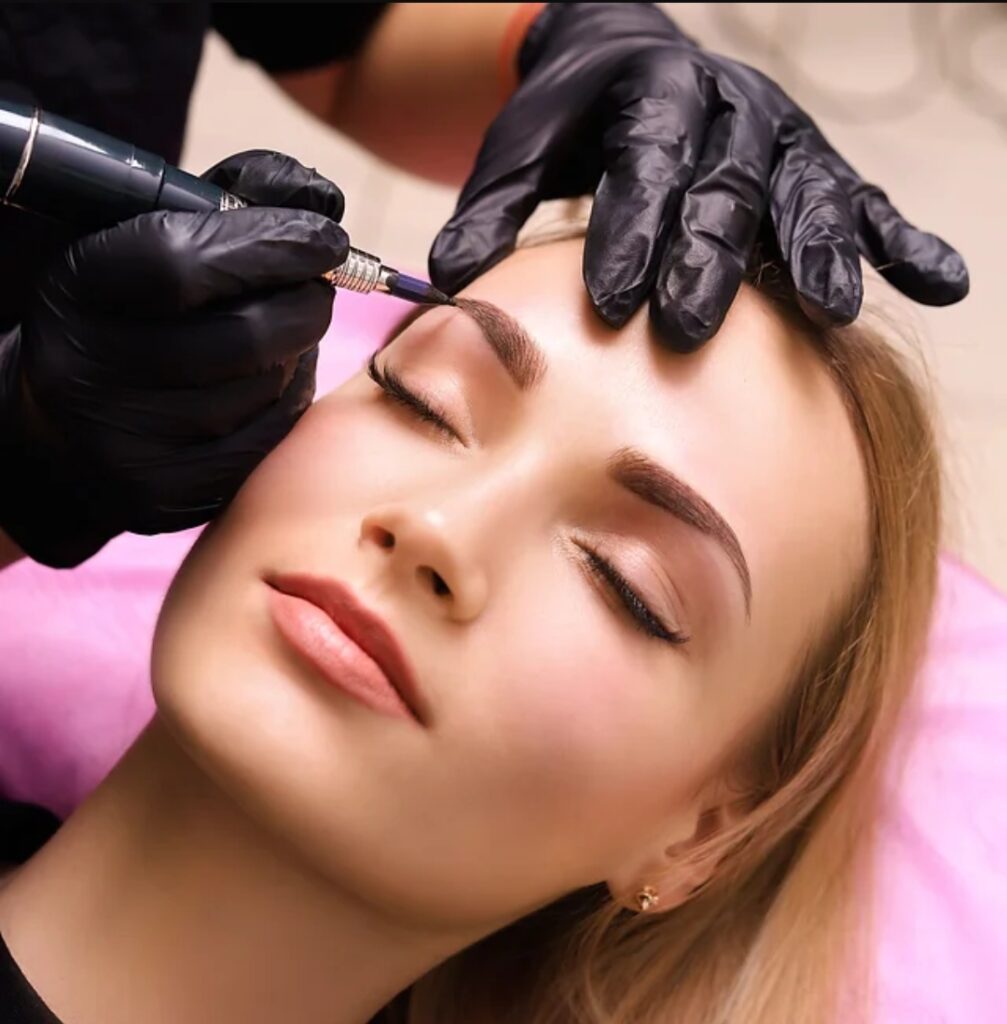
Microblading promises beautiful brows, but its permanence requires careful consideration. Unlike temporary solutions, it deposits pigment in the skin’s upper layers, resisting daily cleansing. Skin type influences longevity, with oily skin impacting results differently than drier skin. Commitment is key, as regular touch-ups are necessary to maintain the desired look. Allergies, though rare, should be discussed with the artist, and patience is required during the healing process. Before committing, weigh factors like lifestyle, budget, and a willingness for long-term maintenance.
Factors to Consider Before Committing to Beautiful Brows
Personal Lifestyle:
Your daily activities and routine play a significant role in the longevity of microbladed brows. Consider your lifestyle, including exposure to sun, water, and physical activities. If your routine involves frequent exposure to elements that might affect the healing process, it’s essential to factor this into your decision.
Skin Type:
Different skin types react differently to microblading. Oily skin, for instance, may break down pigment faster than drier skin. Understanding your skin type helps manage expectations regarding how long the microblading results will last and the need for potential touch-ups.
Commitment to Aftercare:
Microblading permanent requires a dedicated aftercare routine for optimal results. Following the instructions provided by your microblading artist is crucial during the initial healing phase. If you’re not prepared to commit to proper aftercare, it may impact the final outcome.
Maintenance and Touch-Ups:
Microblading isn’t a one-time procedure. Regular touch-ups are necessary to maintain the desired look. Consider whether you’re willing to invest the time and resources in ongoing maintenance before deciding on microblading.
Allergies and Sensitivities:
While rare, allergic reactions to microblading pigments can occur. If you have a history of allergies, it’s important to discuss this with your microblading artist and, if necessary, undergo a patch test to identify any potential sensitivities.
Healing Process Patience:
The healing process after microblading requires patience. Initial redness and swelling are normal, but avoiding excessive moisture and sunlight during this phase is crucial. Consider your ability to adhere to the recommended healing practices before committing to the procedure.
Comparison with Other Methods:
Explore other eyebrow enhancement methods, such as traditional tattooing or eyebrow pencils, and weigh their pros and cons against microblading. Understanding the differences helps make an informed decision that aligns with your preferences and lifestyle.
Budget Considerations:
Microblading is an investment, and the cost may vary. Consider your budget and whether you are prepared for potential touch-up expenses. Balancing the desire for beautiful brows with your financial comfort is an essential aspect of the decision-making process.
Professional Consultation:
Before committing to microblading, schedule a consultation with a qualified and experienced microblading artist. Discuss your expectations, ask questions, and ensure you have a clear understanding of the procedure and its potential outcomes.
Long-Term Commitment:
Microblading is a semi-permanent solution, but it still requires a long-term commitment. Reflect on your willingness to commit to regular touch-ups and maintenance sessions to keep your brows looking their best.
Conclusion
Beautiful brows through microblading are achievable, but careful consideration of these factors is vital. Taking the time to assess your lifestyle, skin type, commitment to aftercare, and other key elements ensures that your decision aligns with your expectations and results in satisfying, long-lasting results.
